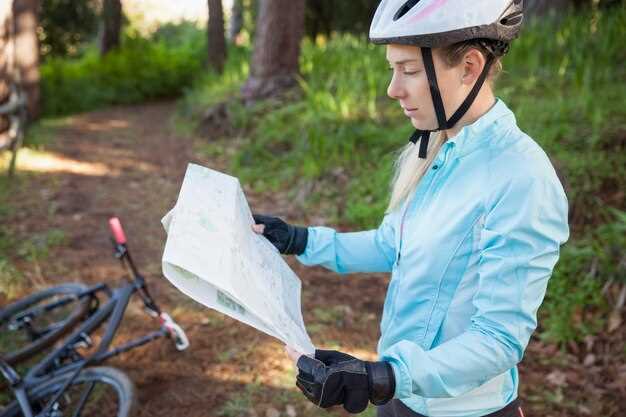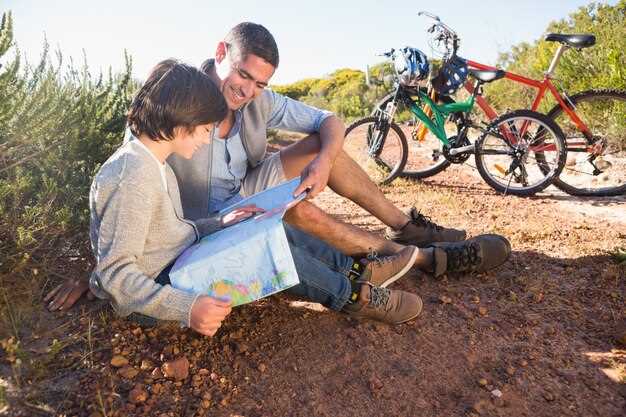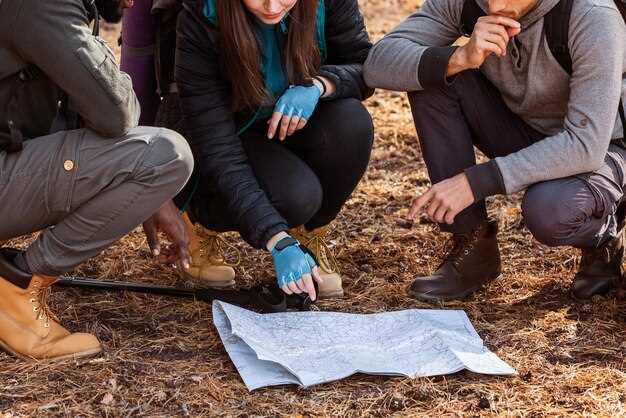
For avid ATV enthusiasts, the thrill of exploring new trails is unmatched. However, navigating uncharted terrains can be daunting without the right resources. This is where trail maps come into play. They serve as essential tools that not only guide riders but also enhance the overall experience by showcasing potential routes and landmarks.
In addition to maps, sharing tips from experienced riders can significantly improve safety and enjoyment on the trails. From understanding the terrain to knowing when to take breaks, the insights shared within the riding community can make a substantial difference in how riders approach their adventures. These tips help foster a culture of safety, respect, and camaraderie among ATV enthusiasts.
By utilizing both trail maps and valuable tips, riders can confidently explore the great outdoors. Whether you’re a seasoned pro or a newcomer to the world of off-road riding, embracing these resources allows you to connect with fellow riders, discover hidden gems, and create unforgettable memories. Together, let’s venture into the wild and uncover the best that nature has to offer!
Essential Features to Look for in ATV Trail Maps

When selecting ATV trail maps, riders should prioritize features that enhance their exploration and sharing experiences. Firstly, trail difficulty ratings help users assess whether a trail matches their skill level. Clear distinctions between beginner, intermediate, and advanced trails are vital for safety and enjoyment.
Secondly, GPS integration allows riders to navigate trails more accurately. Maps that support GPS not only enable real-time tracking but also assist in finding alternative routes in case of unforeseen obstacles.
Additionally, trail conditions information is crucial. Updates regarding road surface, weather impacts, and maintenance status ensure that riders are well-informed before heading out.
Points of interest along the trails, such as scenic viewpoints, picnic areas, and camping spots, enhance the overall experience. Knowing where these locations are encourages riders to plan their stops and make the most of their adventures.
Furthermore, sharing capabilities are essential in today’s digital age. Maps that enable users to share their experiences, trail recommendations, and tips create a community of riders who contribute to one another’s adventures.
Lastly, offline access is a must for remote trails. Many areas with stunning landscapes may lack cellular service, so having maps that can be downloaded and accessed without internet connectivity is invaluable for any ATV enthusiast.
Best Practices for Sharing Trail Experiences with Fellow Riders
Sharing your trail experiences with fellow riders can enhance your adventures and create a supportive community. Here are some best practices to effectively share your knowledge and tips:
- Utilize Online Platforms: Share your experiences on social media groups, forums, or specialized websites for ATV enthusiasts. This allows for a broader audience and fosters community interaction.
- Be Specific: When detailing your trail experience, include specific tips on terrain, weather conditions, and trail difficulty. This information is invaluable for riders seeking to plan their trips.
- Use Clear Language: Write in a clear, concise manner to ensure your insights are easily understood. Avoid jargon that might confuse less experienced riders.
- Share Photos and Maps: Visual aids like photos or trail maps can help illustrate your points and provide context for your experiences.
- Highlight Safety Tips: Always include essential safety tips, such as wearing protective gear and being aware of wildlife or changing weather conditions.
- Encourage Feedback: Ask other riders to share their experiences or suggestions. This will enrich the discussion and foster a collaborative atmosphere.
By following these best practices, you will ensure that your shared experiences are valuable, informative, and inspire others to explore the trails responsibly.
Safety Tips for Exploring New ATV Trails

Exploring new ATV trails can be an exhilarating experience, but safety should always be a priority. Here are some essential tips to ensure a safe ride while sharing the experience with fellow riders.
1. Wear Proper Gear: Always wear a DOT-approved helmet, gloves, goggles, and protective clothing. This gear protects you from injuries and enhances your visibility on the trail.
2. Check Your ATV: Before hitting the trails, perform a thorough inspection of your ATV. Ensure that the brakes, lights, tires, and fluid levels are in good condition. A well-maintained ATV minimizes the risk of mechanical failures.
3. Share Your Plans: Always let someone know your planned route and expected return time. This way, if something goes wrong, help can be dispatched promptly.
4. Ride With a Buddy: Exploring new trails alone can be risky. Always ride with at least one other person. In case of an emergency, having someone nearby can make all the difference.
5. Know the Trail: Before you venture out, research the trail conditions and difficulty level. Familiarize yourself with any potential hazards such as water crossings, steep hills, or rocky sections to avoid surprises.
6. Respect the Environment: Stay on designated trails to protect natural landscapes and wildlife. Respect trail markings and local regulations to ensure a sustainable environment for all riders.
7. Maintain a Safe Speed: Adjust your speed according to the terrain and conditions. Always be prepared to slow down for obstacles, sharp turns, or narrow paths. Riding too fast can lead to accidents.
8. Stay Hydrated and Fueled: Bring enough water and snacks to keep your energy levels up during longer rides. Dehydration or fatigue can impair judgment and reaction times, posing safety risks.
9. Carry Safety Equipment: Always have a basic first aid kit, flashlight, and tools in case of emergencies. Being prepared can help you handle unforeseen situations effectively.
10. Follow the Rules: Abide by all local laws and regulations related to ATV use. This includes obeying speed limits, noise restrictions, and any other rules that help ensure the safety of riders and the public.
By implementing these tips, you can enjoy your ATV adventures while ensuring a safe environment for yourself and your fellow riders. Happy exploring!
 Skip to the content
Skip to the content 